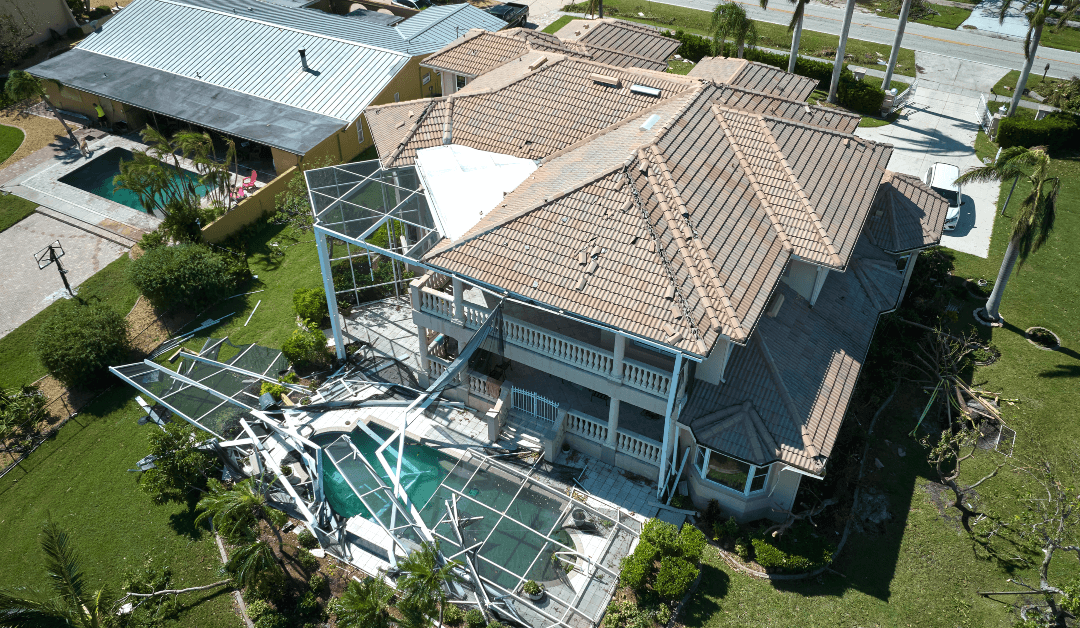As the age-old saying goes, “an ounce of prevention is worth a pound of cure.” This wisdom holds especially true when it comes to preparing your home for hurricane season. With an increasingly unpredictable climate, securing your home against extreme weather events has become more crucial than ever.
This step-by-step guide will discuss the critical steps of hurricane preparation, highlighting the importance of installing Atlas Armor hurricane screens as a pivotal part of the process.
The Importance of Hurricane Protection
Before we dive into the step-by-step guide, let’s understand the value of proper hurricane protection. Each year, hurricanes inflict billions of dollars in damages, devastating homes and lives. With adequate preparation, you can reduce the risk of severe damage to your property and secure the safety of your loved ones. At the forefront of effective protection measures are hurricane screens, a powerful shield against these fierce storms.
Step 1: Install Hurricane Screens
Installing hurricane screens is the first and most vital step in securing your home for the hurricane season. Made with highly resilient materials, Atlas Armor hurricane screens provide superior protection against high-speed winds and flying debris. More than just a physical barrier, these screens reflect heat, reducing energy costs, while their compact roll-down design ensures easy deployment and storage.
Step 2: Reinforce Your Doors and Windows
In addition to installing hurricane screens, reinforce ALL of your doors and windows. This means installing a tested and approved hurricane protection product. Neither plywood nor window film is considered to be an approved hurricane protection product. Remember, any weak point in your home’s exterior can be exploited by hurricane-force winds. All openings must be secured. Homes explode because of SUDDEN pressurization of the inside of the home. When your home is experiencing hurricane winds, the side of your home that is receiving the direct wind is receiving direct POSITIVE wind pressure. All other walls and roof are experiencing negative pressure (vacuum). This vacuum is trying to pull your walls and roof away from your home. The inside of your home has a NEUTRAL pressure. If an opening (such as a bathroom window) on the positive pressure side of your house should suddenly open (window breaks), that will SUDDENLY FILL YOU HOME WITH POSITIVE PRESSURE. That positive pressure plus the existing negative pressure on your other walls and roof will cause your home to explode. THAT’S WHY ALL OPENING (big and small) MUST BE PROTECTED. Note: If you do not cover all openings, your insurance company will not provide hurricane coverage.
Step 3: Secure Loose Objects
Any loose object in your yard or on your patio can turn into a dangerous projectile during a hurricane. Firstly, start by securing outdoor furniture, grills, plant pots, and garden tools. You can either safely store smaller items indoors or anchor larger items down. Garbage cans, if left unattended, can spill and spread debris, complicating cleanup efforts post-storm. Furthermore, you can secure them properly or store them in your garage. Remember, even the smallest item can cause significant damage when propelled by hurricane-force winds.
Step 4: Trim Your Trees
Regularly trimming the trees around your property can prevent broken branches from damaging your home during a storm. Keep an eye out for dead or dying branches and remove them promptly.
Step 5: Create a Disaster Supply Kit
Prepare a disaster supply kit, including non-perishable food, water, medications, important documents, and other essentials. This kit should be readily available in case of an evacuation order.
Step 6: Develop an Emergency Plan
Lastly, create an emergency plan with your family. Discuss where to go, what to do, and how to communicate in the event of a hurricane. Knowing your plan can help alleviate stress during a stressful situation.
Concluding Thoughts
Preparing your home for hurricane season requires a proactive approach. Remember, the installation of hurricane screens is a significant first step in your defense strategy. The Atlas Armor hurricane screens work because they greatly reduce the wind pressure on every protected opening. Even if the glass behind the Atlas Armor hurricane screens breaks, the pressure inside the home will SLOWLY rise as the air passes through the small holes in the screen to eventually equalize to the outside air pressure and your home will not explode. Atlas Armor offers a free consultation to evaluate your home’s needs and provide the best hurricane protection solution.
Contact us today and take the first step towards the ultimate peace of mind this hurricane season. Your safety is our top priority.
Remember, it’s not just about surviving the storm; it’s about minimizing its impact on your life and property.

